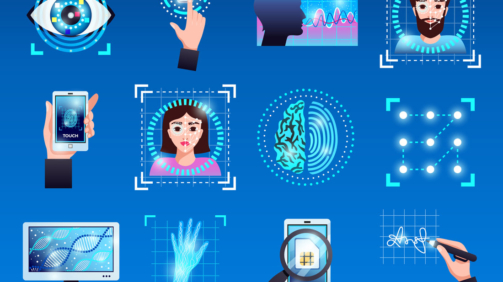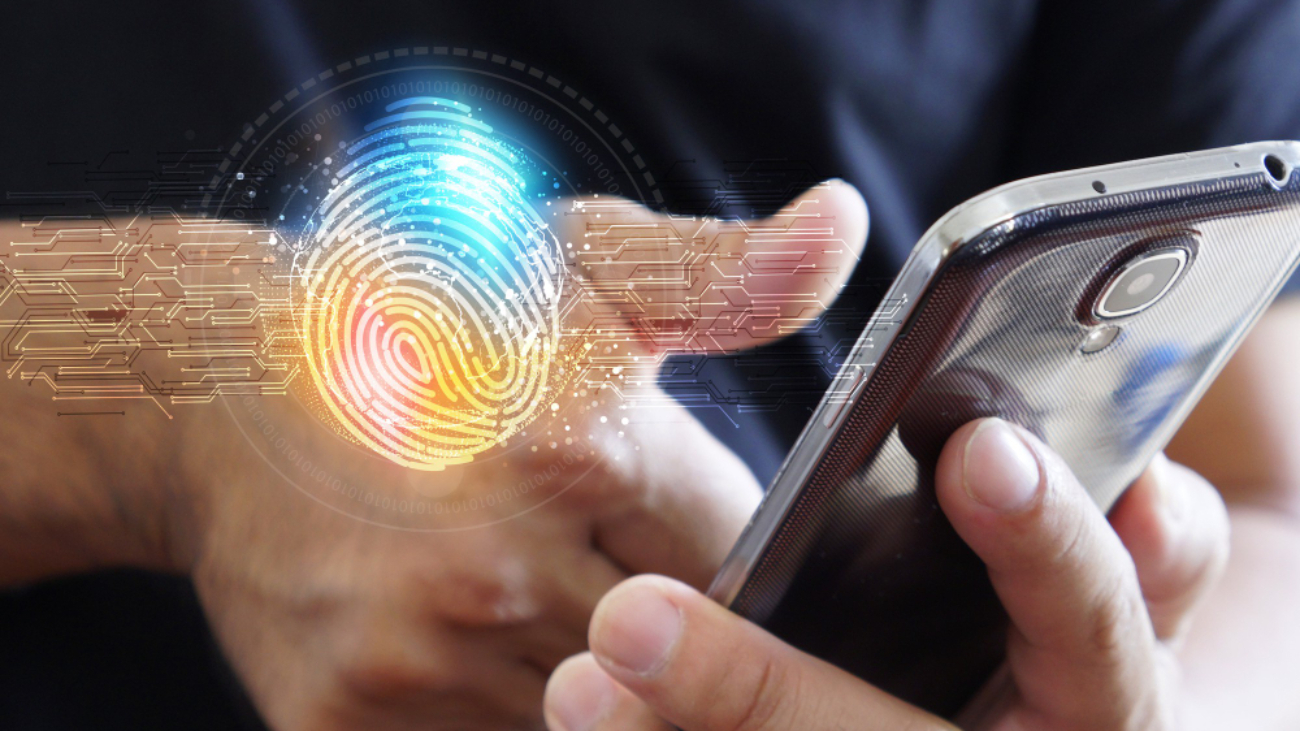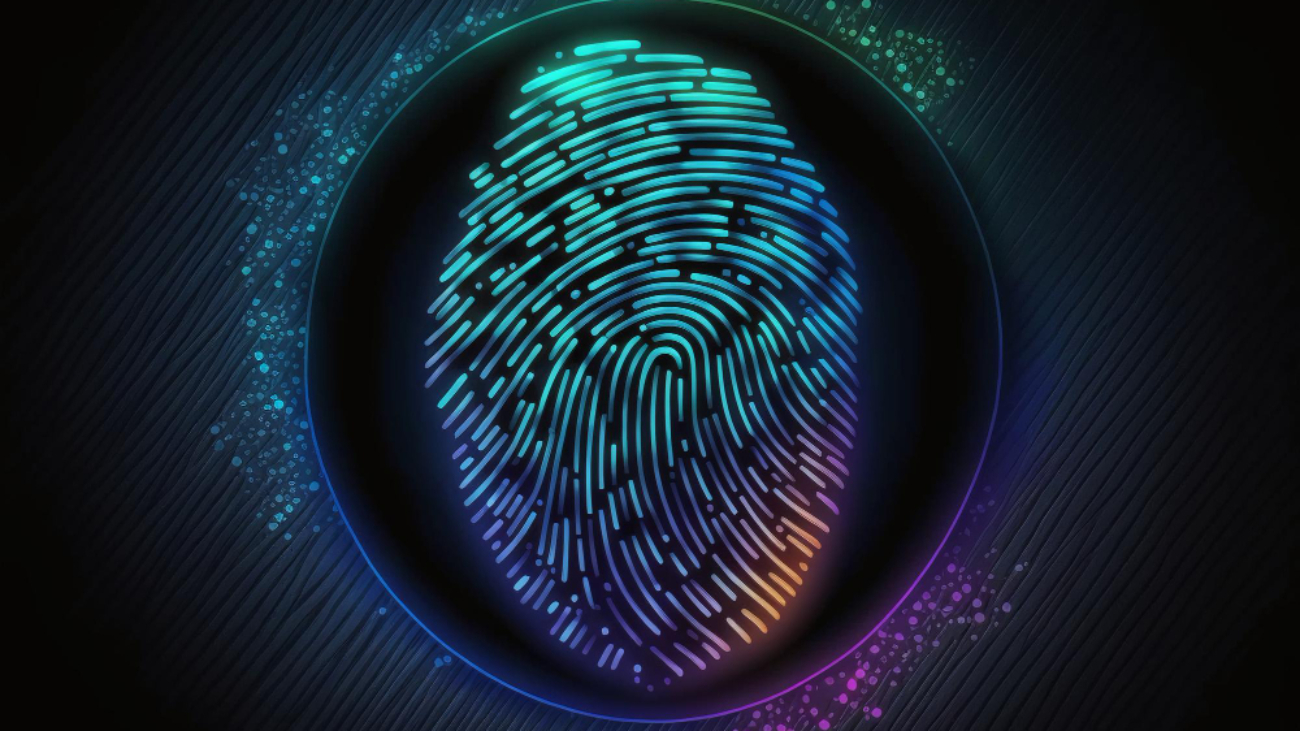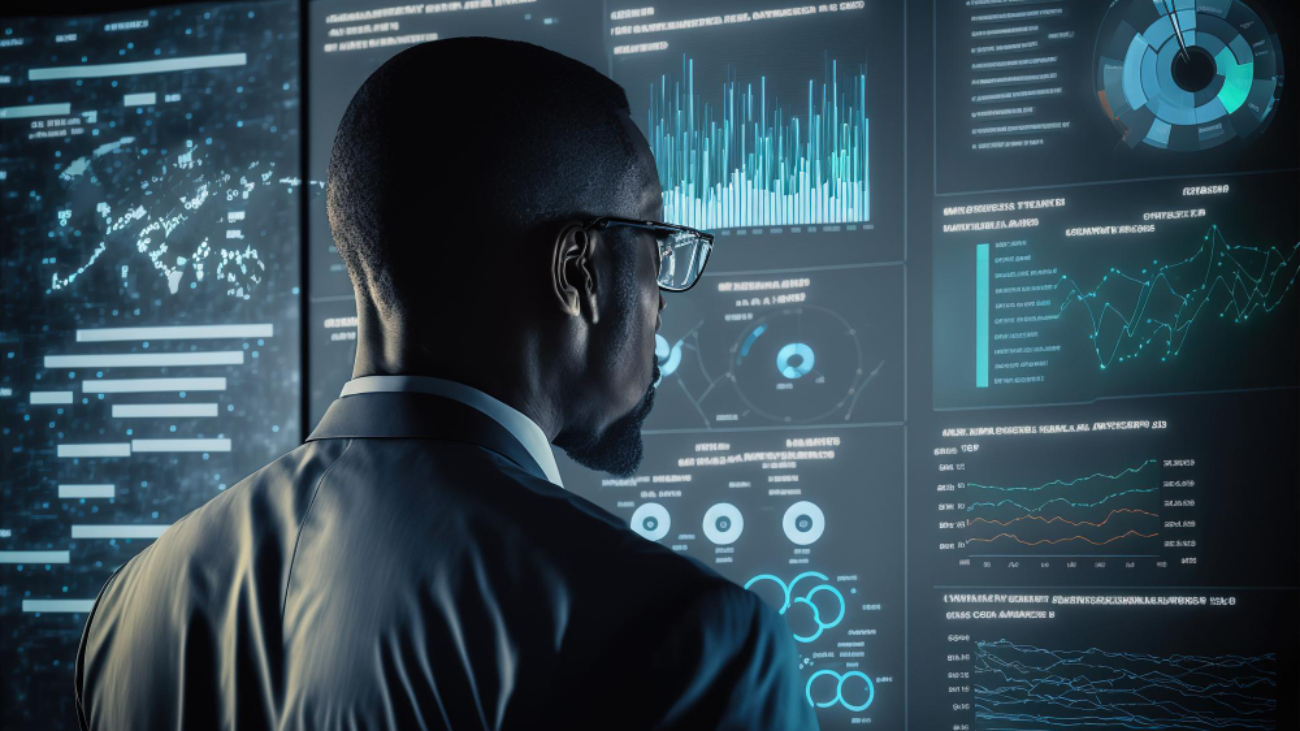Having been part of many technology innovations, Bahaa Abdul Hadi feels that the field of biometrics is improving constantly with the introduction of new technologies. These new technologies make the use of biometrics more efficient and secure. They are going to impact the future of biometrics in the years to come.
Bahaa Abdul Hadi suggested looking at three of these new technologies that are poised to make a big impact.
Finger vein recognition
The use of fingerprints in biometrics is common. Today, finger vein technology is in vogue. The use of infrared light allows the hemoglobin in the vein blood to absorb the light. This illuminates the veins allowing to take an image. The vein pattern is as unique as the fingerprint.
This improves the accuracy of biometrics and makes it more secure. The benefits of using finger vein recognition are:
- It makes biometric use more convenient. The patterns of the veins are easy to compare and are a better factor for authentication that the fingerprint.
- Anti-spoofing is the biggest benefit of finger vein recognition. There are ways in which fingerprints can be spoofed, but this is not possible with finger vein recognition. Since the finger vein pattern is not visible to the eye, spoofing is almost impossible.
- Fingervein patterns allow precise recognition and do not change with age, which is a problem with fingerprints.
Sensor interoperability
There are different sensor technologies to capture fingerprints. Sensor interoperability allows sensors to be used in different environments seamlessly. This is made possible by using a core algorithm that is pattern-based. A single enrolment is possible for different sensors. Heterogeneous systems would be bound into a cohesive system, which helps improve performance and cost factors.
3D face recognition
2D face recognition used pictures from photos or videos. The effect of lighting can impact the facial recognition. With advances in 3D face recognition, these difficulties are removed. 3d face recognition used anthropometric data that focuses on the cranial structure.
Rigid tissues are considered while taking the biometrics sample. Areas of the face like eye sockets, chin zone, nose bridge, etc. are used to generate the 3D facial recognition template. The use of structure lighting does away with the problem of low lighting impacting the recognition.
The benefits of 3D face recognition include:
- It allows for thoroughness in recognition. Smart algorithms can be used that even recognize a face if a beard has been grown.
- The technology is robust. It works at higher accuracy in real-life environment.
- One of the key benefits is anti-spoofing. It is virtually impossible to fool the system by using a mask or pictures. This is thanks to the use of geometric measurements.
Thank you for your time. Stay tuned to www.bahaaabdulhadi.com







